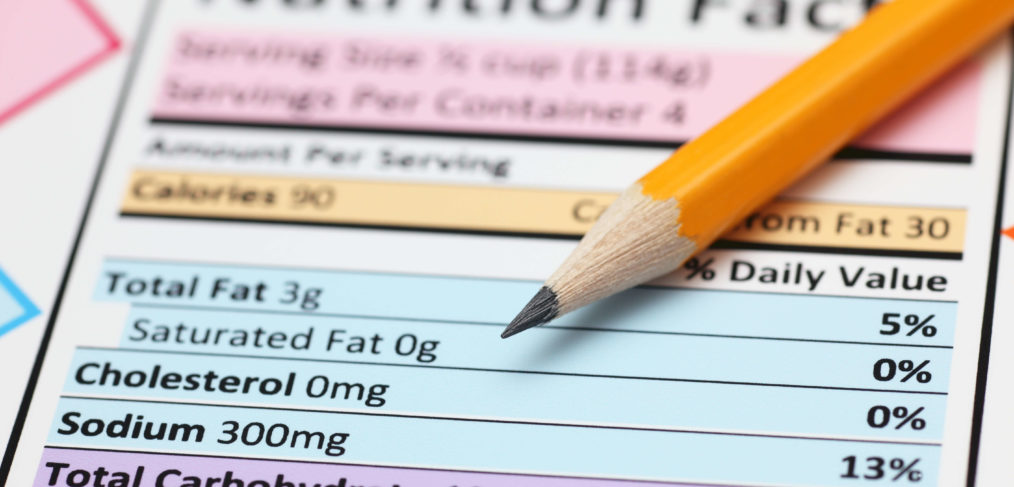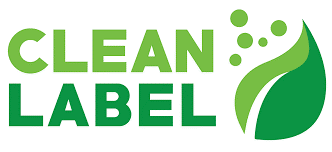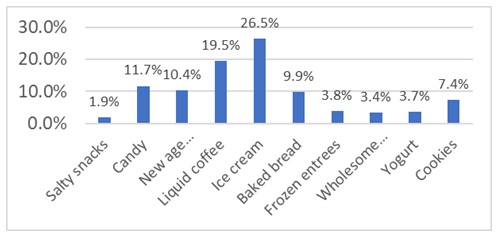
GROCERY WARS: Clean Label Goes Mainstream
Food is considered one of the three necessities in life. The common practice was to create a shopping list and head off to your local grocery without fanfare to purchase those items. It was done so without reviewing the ingredients listing. As such, we purchased products that contained GMOs, artificial flavours, colours, and extra sugar. An exercise of the past. Today, consumers are paying more attention to what goes into their food, motivated by their desire to make healthier dietary decisions. A recent survey of consumers from the UK, Germany and the United States revealed:[i]
- 51% selected ingredient list as the most important attribute when selecting a new product.
- 45% indicated this motivated them to purchase that particular brand.

What clean label means is a common question most consumers do not understand. Some feel it means free from synthetic ingredients while others feel it means products made from organic or all-natural ingredients. Though a formal definition has not been defined, a general definition of clean label means:
“Making a product using as few ingredients as possible, and making sure those ingredients are items that consumers recognize and think of as wholesome—ingredients that consumers might use at home”[ii].
Sales for clean label products are projected to reach $180B USD by 2020.[iii] The clean label movement is a mainstream movement that is not limited to natural and specialty retailers.
Ninety-three percent (93%) of U.S. households have purchased a clean label product at grocery stores, while 70% have purchased at a mass merchandiser/supercenter and 31% at club stores. And looking across the FMCG space, half of all shopping trips now include the purchase of a clean label product. So, who’s driving this shift? Millennials and Generation X consumers are more likely to seek out and purchase products that are labeled organic, free of GMOs (genetically modified organisms), and do not include added hormones. Demographic groups influencing the forward movement of this trend include consumers under the age of 35, those with annual household incomes over $100,000 and families with children.[iv] Women are more inclined then men to review the ingredients listing.
Clean label products are winning in the grocery sector. Chart 1 outlines the sales growth for products with clean labels.
Chart 1
Sales Growth for Products with Clean Labels[v]

Food brands will require a keen sense of current trends toward product transparency to deliver on evolving consumer needs. Clean label is a spectrum, and manufacturers need to know where the shifts are happening. The bottom line is clean label has gone mainstream in which as many as 73% of consumers are happy to pay a premium price for food and beverages made with
ingredients they recognize and trust, [vi] and the competition for consumers seeking clarity, purity and responsibility is only going to continue to increase as we move forward.
[i]Ingredients Lists are Powerful Purchasing Motivators’: Study Finds Consumers Care More About Ingredients than Brands, www.foodnavigator.com, September 2018.
[ii] What is Clean Label, www.blog.ift.org, November 2018
[iii] 75% of Consumers Will Pay Extra for Clean Label Ingredients, www.naturalproductinsider.com, October 2019
[iv] Who’s Buying Clean Label Products? www.nielsen.com, September 2017
[v] Transparency and Simplicity, The New Normal in Product Development, www.cargill.com,
[vi] 75% of Consumers Will Pay Extra for Clean Label Ingredients, www.naturalproductinsider.com, October 2019





